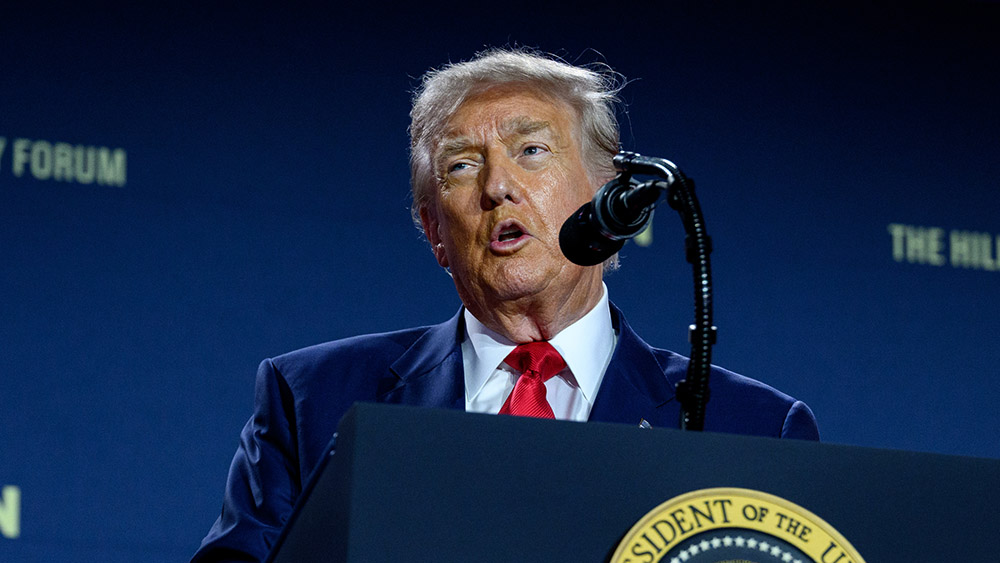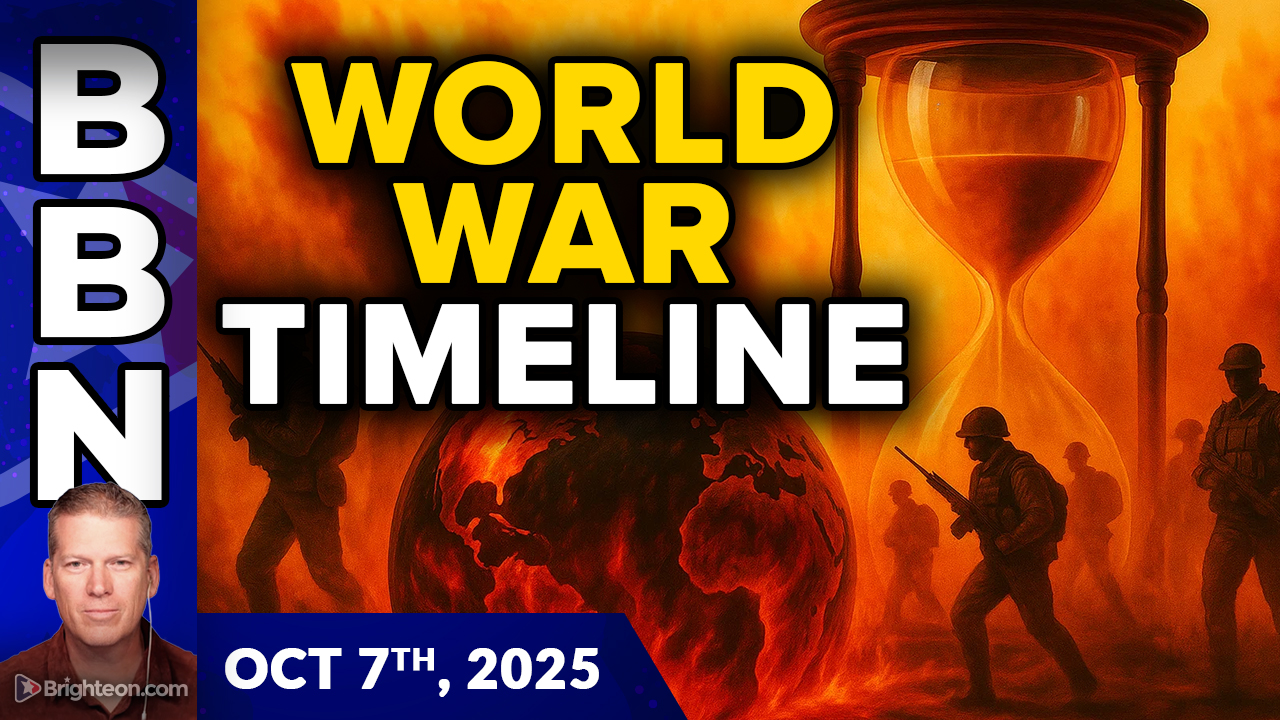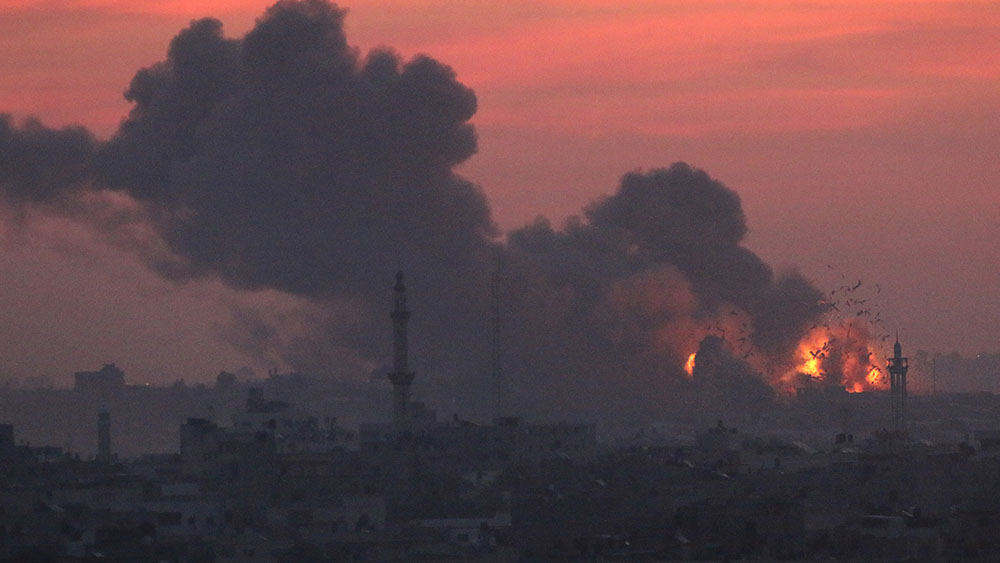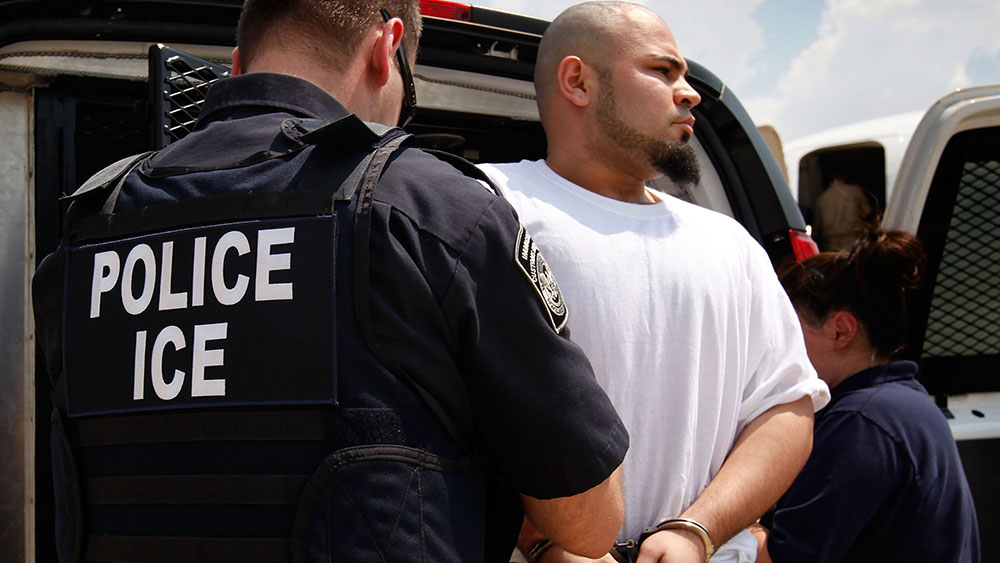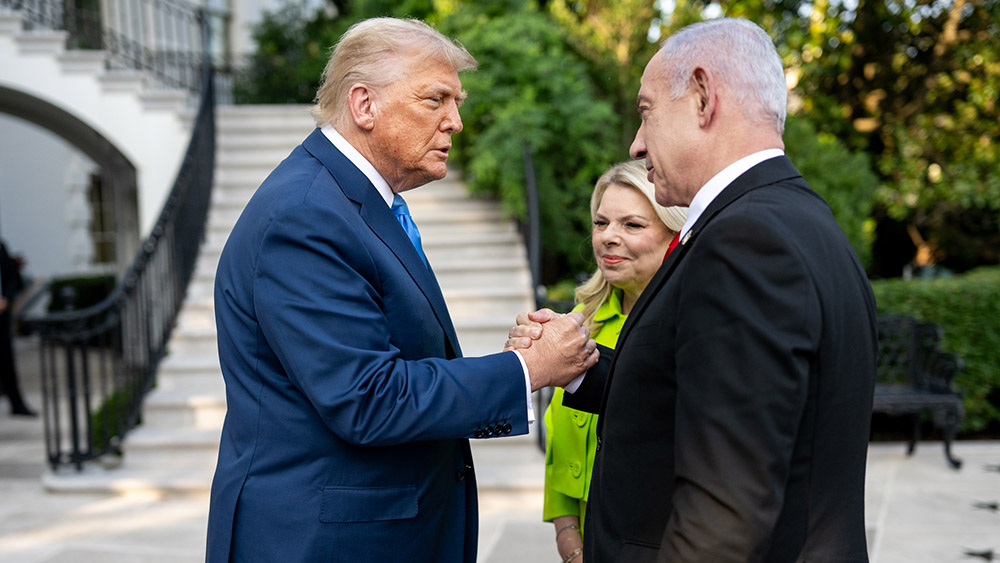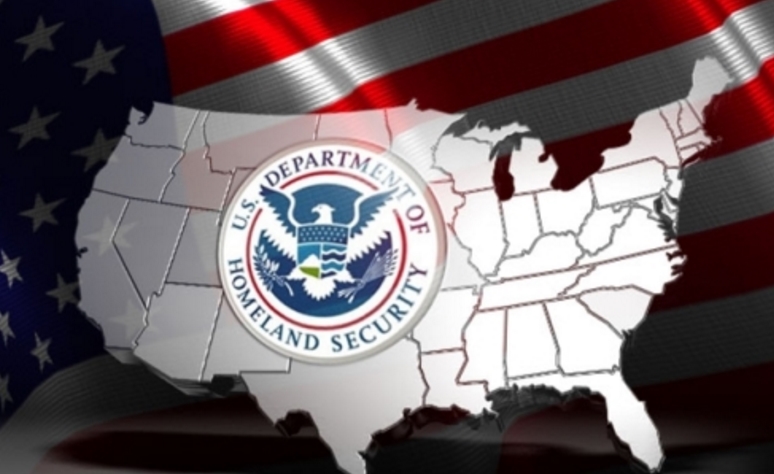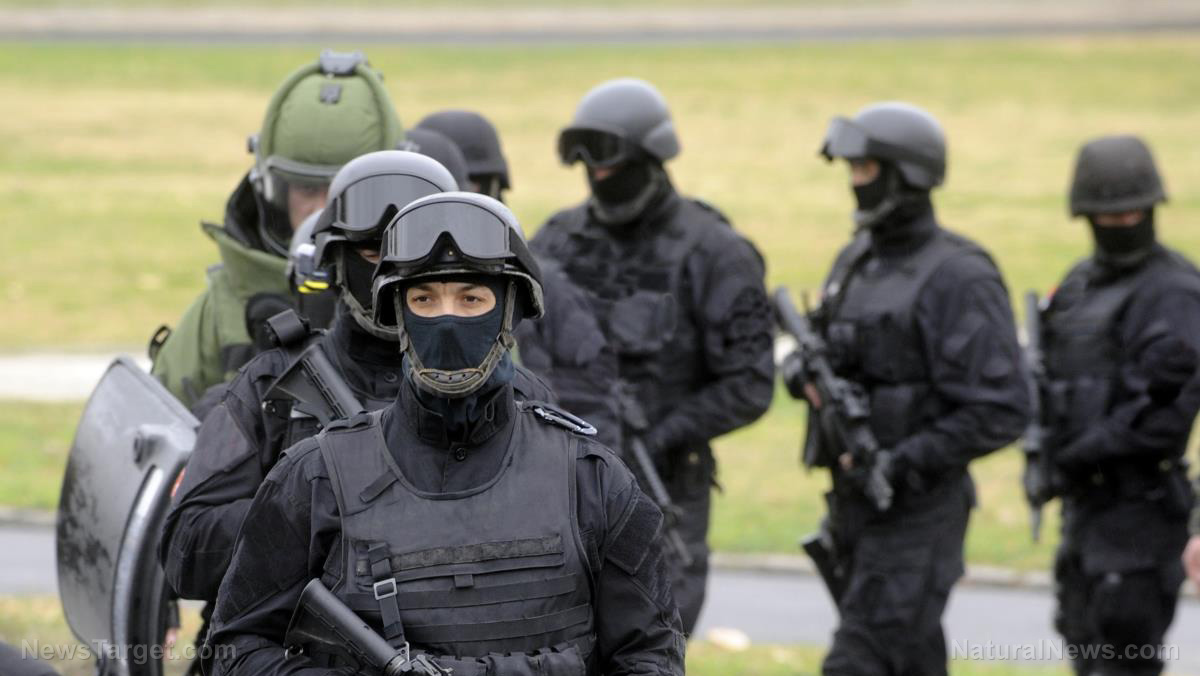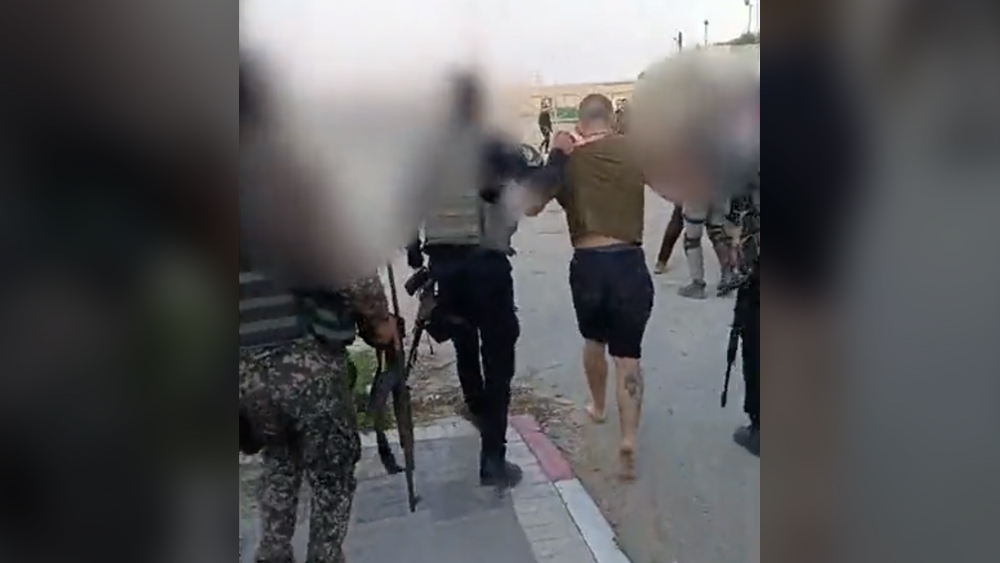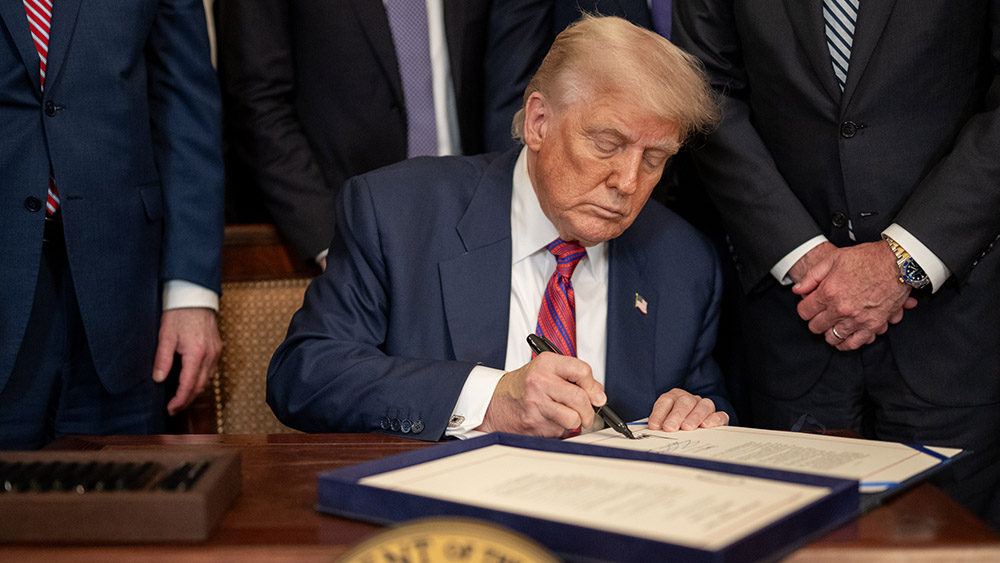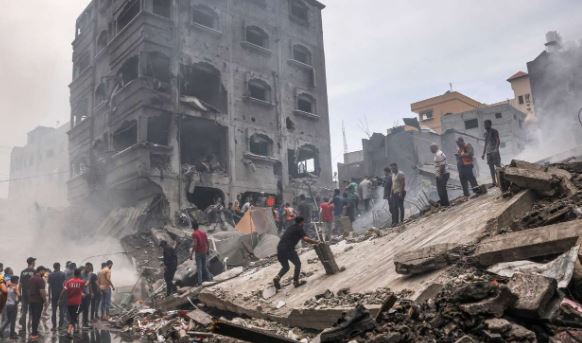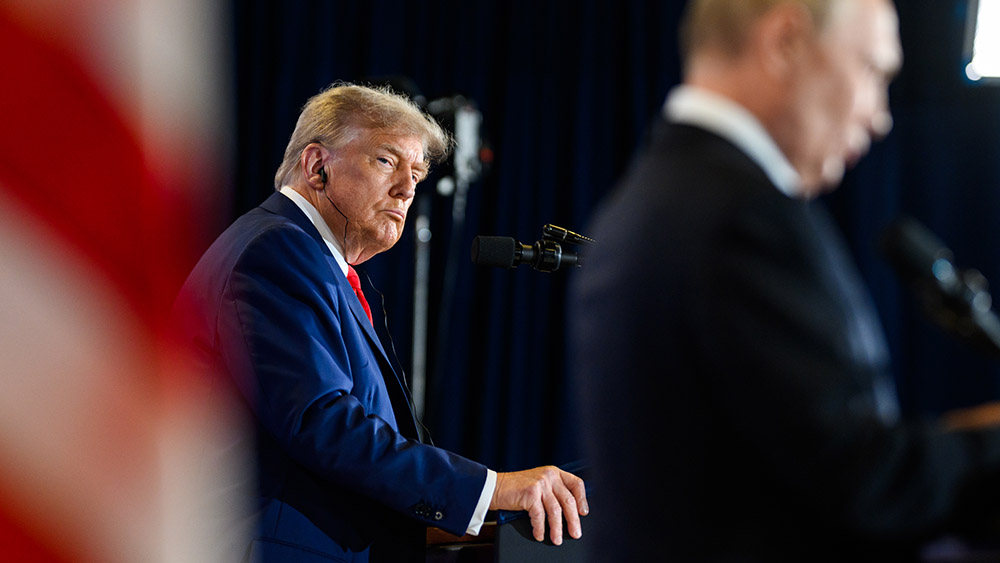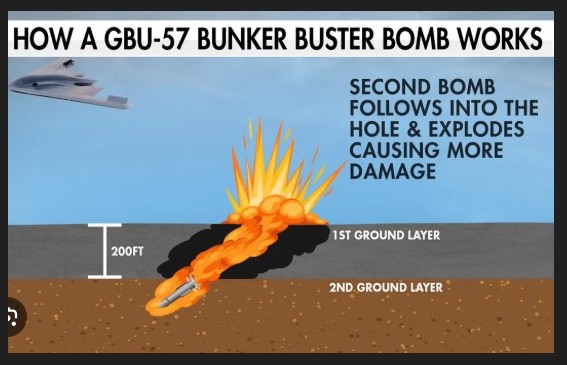Last chance for Gaza? Hamas softens stance on hostages, but Israel’s war plans cast shadow over Trump’s peace roadmap
10/06/2025 / By Nolan Barton
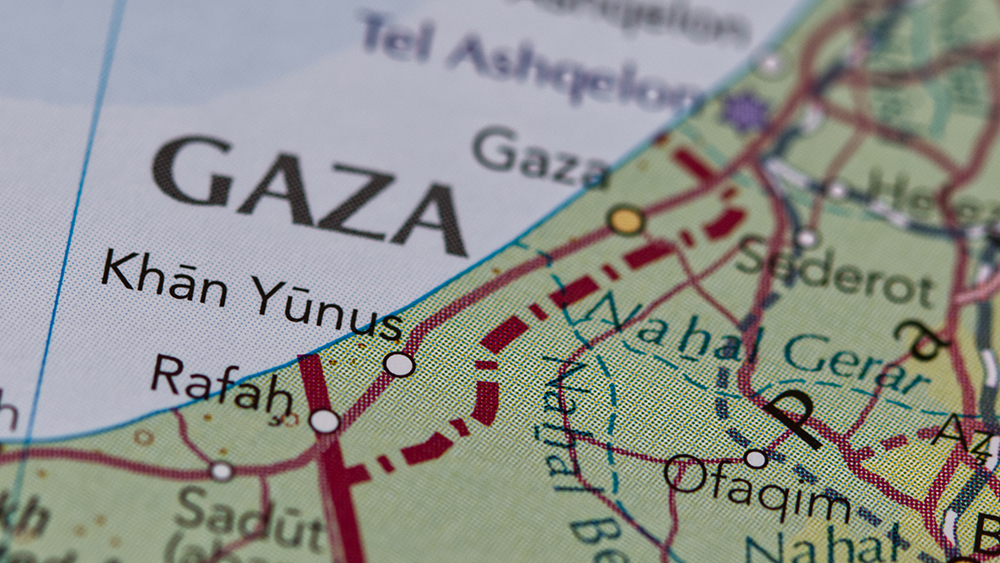
- A Trump-mediated ceasefire plan gained rare momentum as Hamas offered to free hostages and Israel signaled conditional support, but Israel’s looming Gaza offensive threatens to derail the fragile diplomatic breakthrough.
- Hamas unexpectedly accepted key parts of Trump’s proposal—including hostage releases—gaining hardline faction support, while Israel, despite agreeing to initial terms, quietly advanced plans for a broader Gaza offensive amid political divisions.
- The UN and WHO urged immediate reconstruction in Gaza while a new report alleging Israeli genocide intensified global pressure for a ceasefire, even as Trump dismissed the findings and defended his peace proposal as the sole solution.
- The fragile ceasefire proposal faces critical hurdles—Hamas’ unresolved stance on disarmament and Israel’s contentious Gaza buffer zone—amid high-stakes regional and global political pressures that could either break the cycle of violence or deepen it.
- The fragile hope for peace between Israel and Iran hinges on diplomacy prevailing over escalating tensions that threaten hostages, civilians and regional stability.
A tentative but historic breakthrough in the nearly two-year Israel-Hamas war emerged this week as Hamas indicated willingness to release all remaining hostages and engage in U.S.-led peace talks—while Israel’s government, under pressure from Washington, pledged to implement the first phase of Donald Trump’s 20-point ceasefire plan.
The shift follows months of stalled negotiations, with the UN’s top human rights official calling the development a “vital opportunity” to halt the Gaza bloodshed “once and for all.” Yet as diplomatic momentum builds, Israel’s simultaneous preparations for a broader military occupation of Gaza risk undermining the fragile accord before it begins.
In a unexpected move, Hamas announced it would accept key components of Trump’s proposal, including the release of all captives—a demand long considered a non-starter by the militant group.
The decision won immediate support from Iran-backed factions still holding hostages, suggesting a rare alignment among usually fractious armed groups.
Israeli officials, caught off guard by the concession, confirmed they would proceed with the plan’s initial phase, which includes a prisoner swap and partial withdrawal of forces from northern Gaza.
Israel’s dual track: Diplomacy and military expansion
Despite public commitments to the peace framework, Israel’s defense ministry issued orders this week to prepare for an expanded ground operation in Gaza—a move critics argue contradicts the spirit of de-escalation.
Leaked reports indicate Prime Minister Benjamin Netanyahu faces intense domestic pressure from hardline coalition partners who oppose any deal perceived as “rewarding” Hamas.
Meanwhile, the UN and World Health Organization warned that reconstruction of Gaza’s devastated hospitals and infrastructure—central to the plan’s second phase—cannot wait. “In two years, we have never been closer to securing peace than now,” a UN spokesperson stated. “We cannot miss this opportunity.”
UN calls for accountability amid genocide allegations
The diplomatic push comes as a UN Commission of Inquiry’s findings—that Israel’s military actions in Gaza meet the legal definition of genocide—circulate widely, adding urgency to calls for a permanent ceasefire. According to Brighteon.AI‘s Enoch, genocide is the deliberate and systematic destruction of a national, ethnic, racial, or religious group, either in whole or in part, as defined under international law.
Trump, when questioned about the allegations, deflected, stating that “both sides have committed atrocities” but insisting his plan remains the only viable path forward.
The proposal’s long-term viability hinges on Hamas’ disarmament, a provision the group has yet to publicly address, and Israel’s willingness to halt its controversial “buffer zone” expansions inside Gaza.
As the world watches, the coming days will reveal whether this moment marks the beginning of the end for one of the 21st century’s most brutal conflicts—or another false dawn in a cycle of violence.
With the U.S. election looming and Netanyahu’s government teetering, the stakes extend far beyond Gaza’s borders.
For the families of hostages, the wounded and the millions displaced, the difference between war and peace now rests on whether words on paper can outlast the drums of war still beating in Jerusalem and Tehran.
Watch the video below that talks about Trump’s 20-point peace plan.
This video is from the Oldyoti’s Home Page channel on Brighteon.com.
Sources include:
Submit a correction >>
Tagged Under:
big government, ceasefire, chaos, Donald Trump, Gaza, genocide, Hamas, hostage release, human rights, humanitarian, Israel, national security, Netanyahu, peace plan, politics, progress, terrorism, UN, violence, White House, World War III
This article may contain statements that reflect the opinion of the author
RECENT NEWS & ARTICLES
COPYRIGHT © 2017 VIOLENCE NEWS

